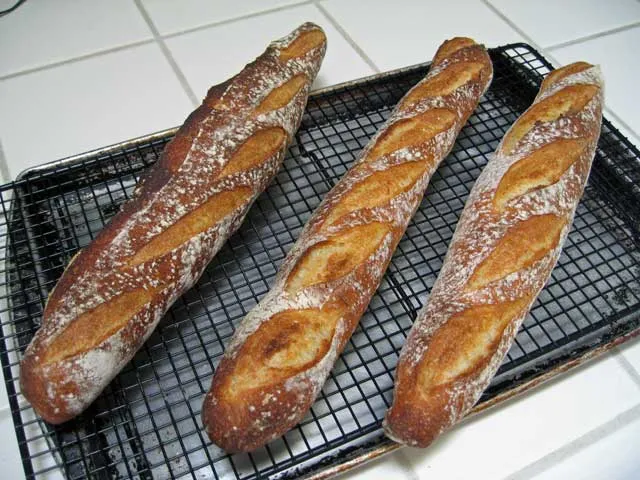Crumb Quest '08
Hi,
I've newly discovered the concept of "crumb". I hope to be able to reliably create open crumb artisan breads (I think that's the right terminology). I'm at the beginning of this process. My current goal is to decide on a flour. I have two contenders, I prefer organically grown. I live in the Okanagan Valley in British Columbia. Seeing as Canada is a big wheat producer I want to find a Canadian flour. (I'm a US ex-pat, so I'm ridiculously attached to this country)
- Log in or register to post comments
- 12 comments
- View post
- Pablo's Blog

 [/center]
I've been meaning for ages to rave about the onion rings we made weeks ago using Tanna's (My Kitchen in Half Cups) brilliant idea for using up left over sludge after feeding the wild yeast. They were fabulous!! And very very bad for us. Because we want to have onion rings every day. This is not good.
[/center]
I've been meaning for ages to rave about the onion rings we made weeks ago using Tanna's (My Kitchen in Half Cups) brilliant idea for using up left over sludge after feeding the wild yeast. They were fabulous!! And very very bad for us. Because we want to have onion rings every day. This is not good.
